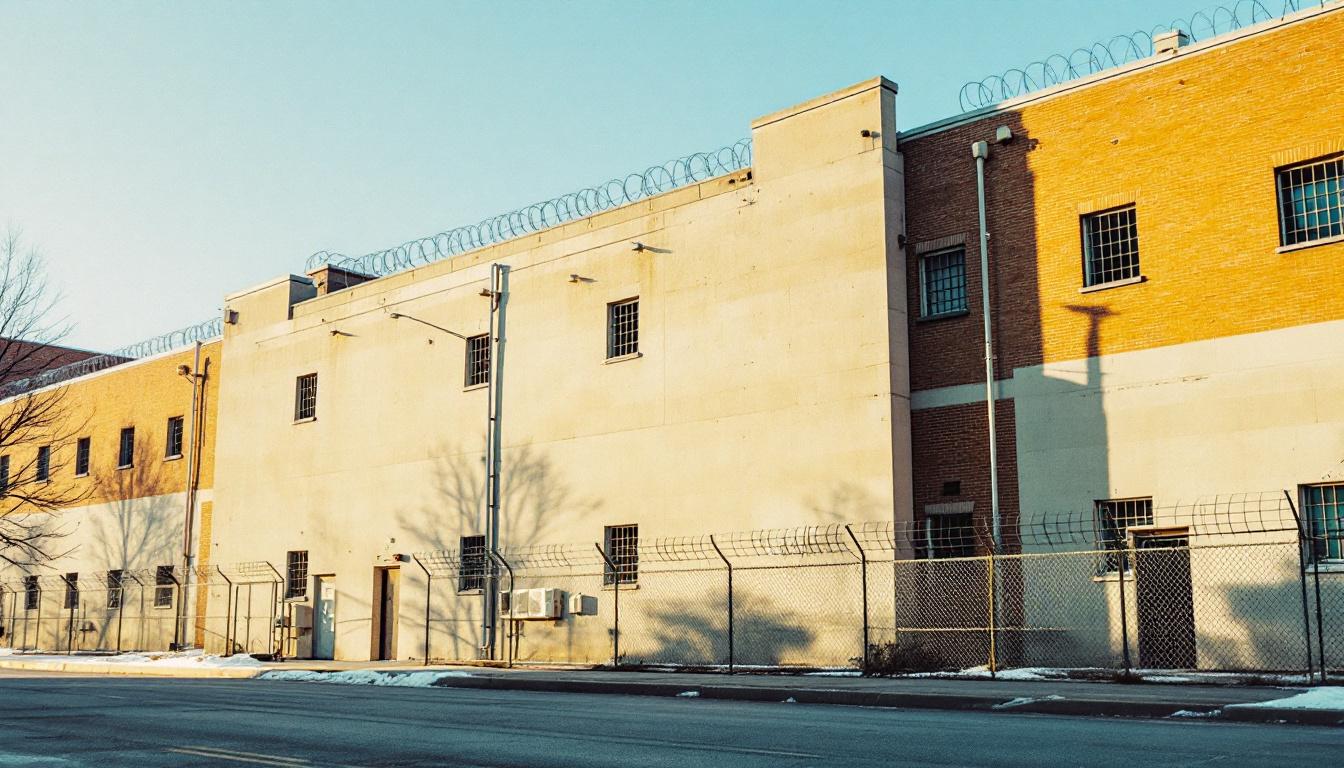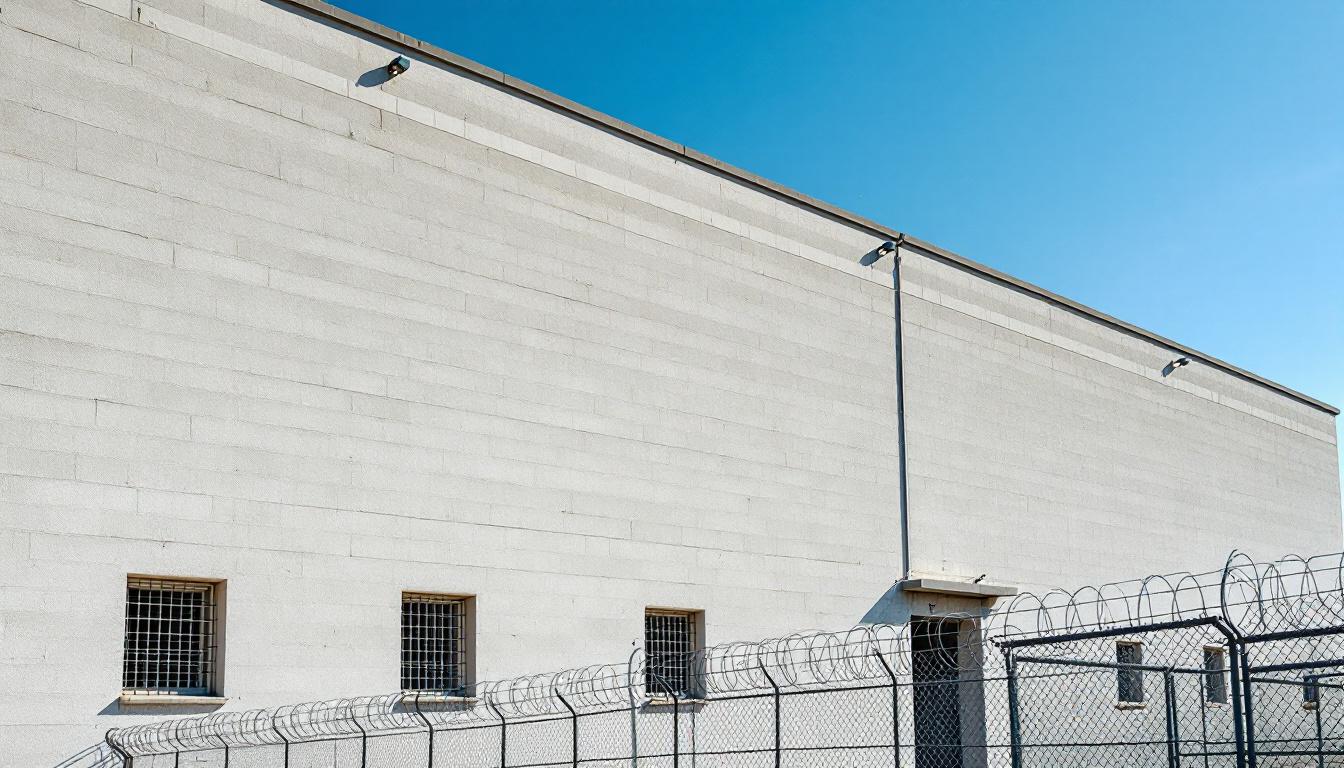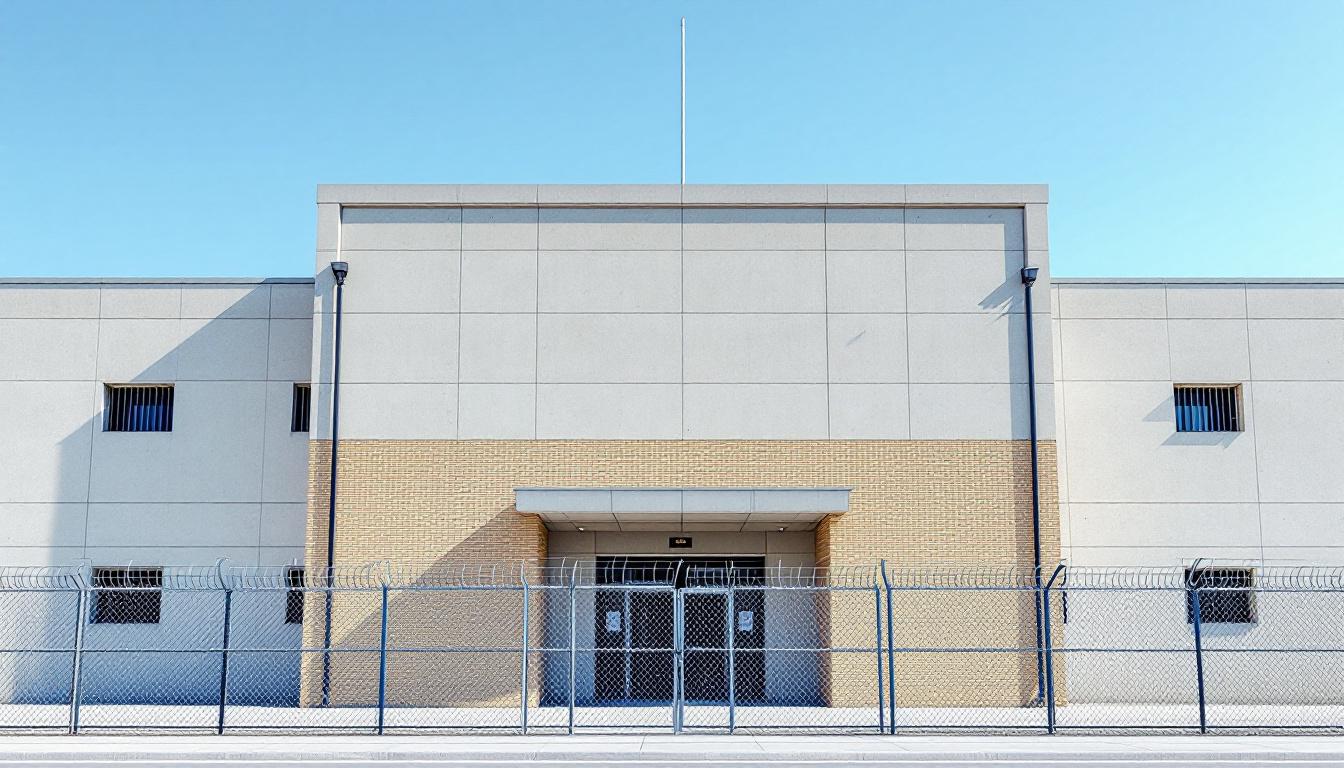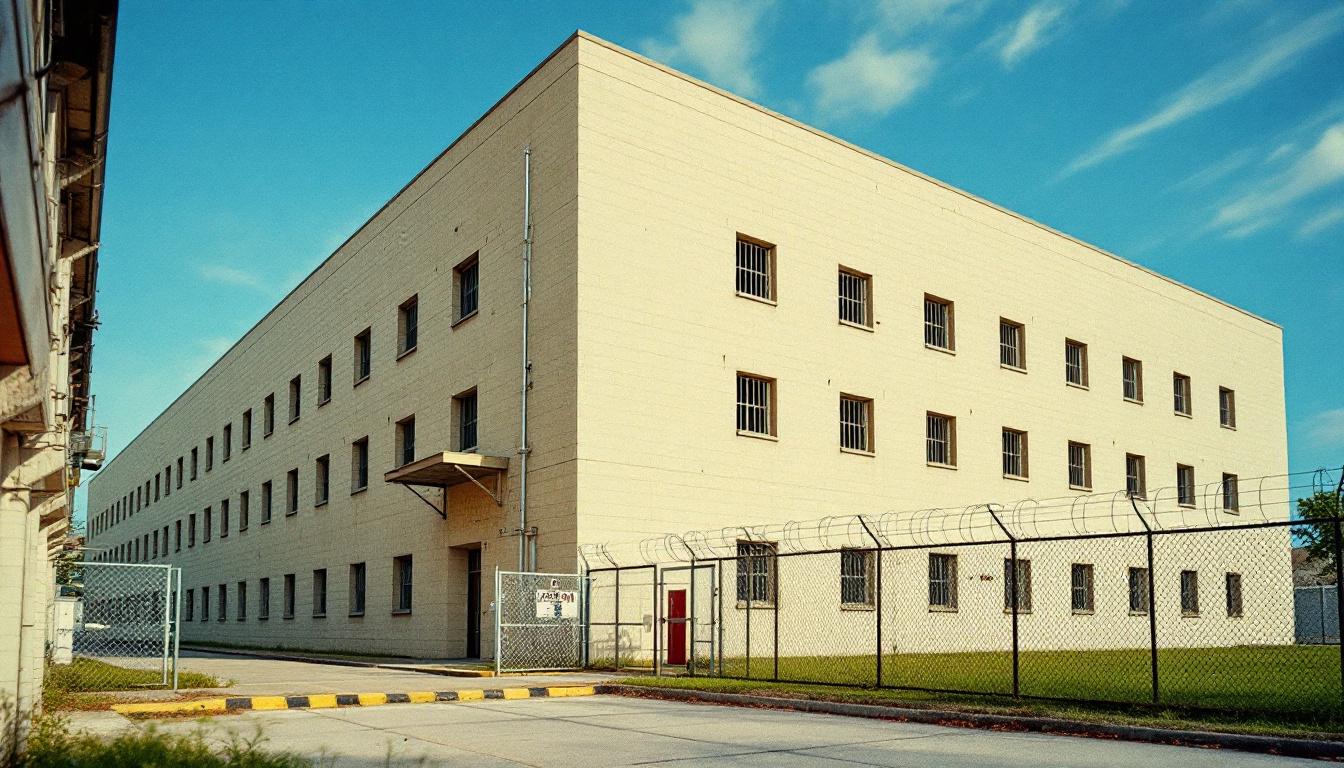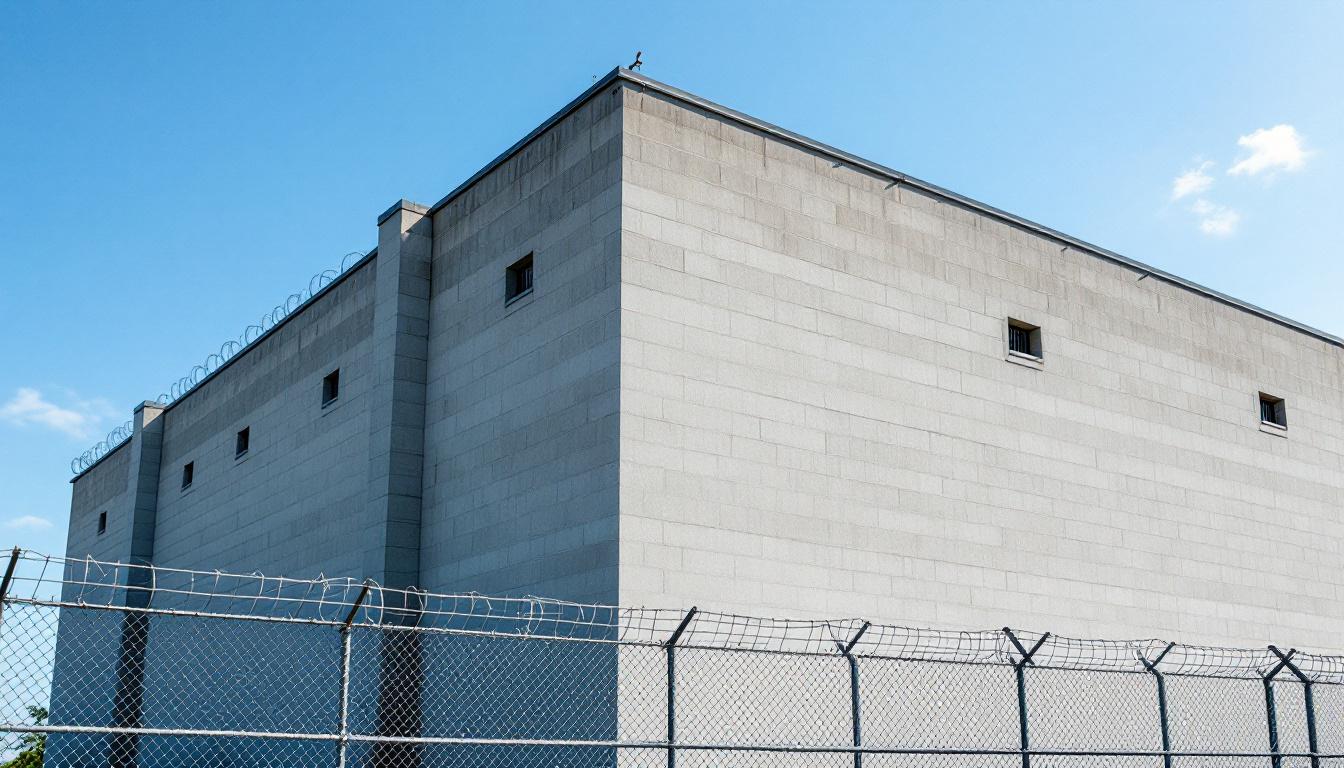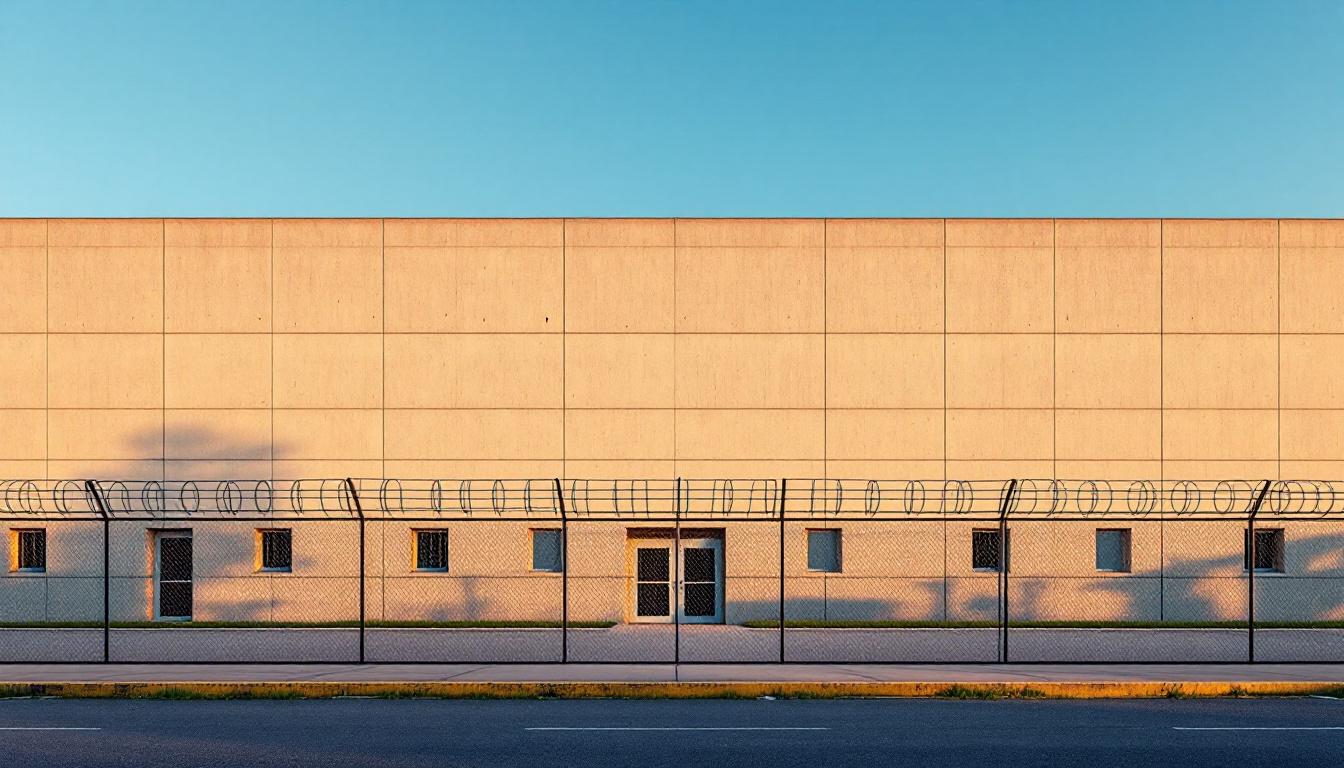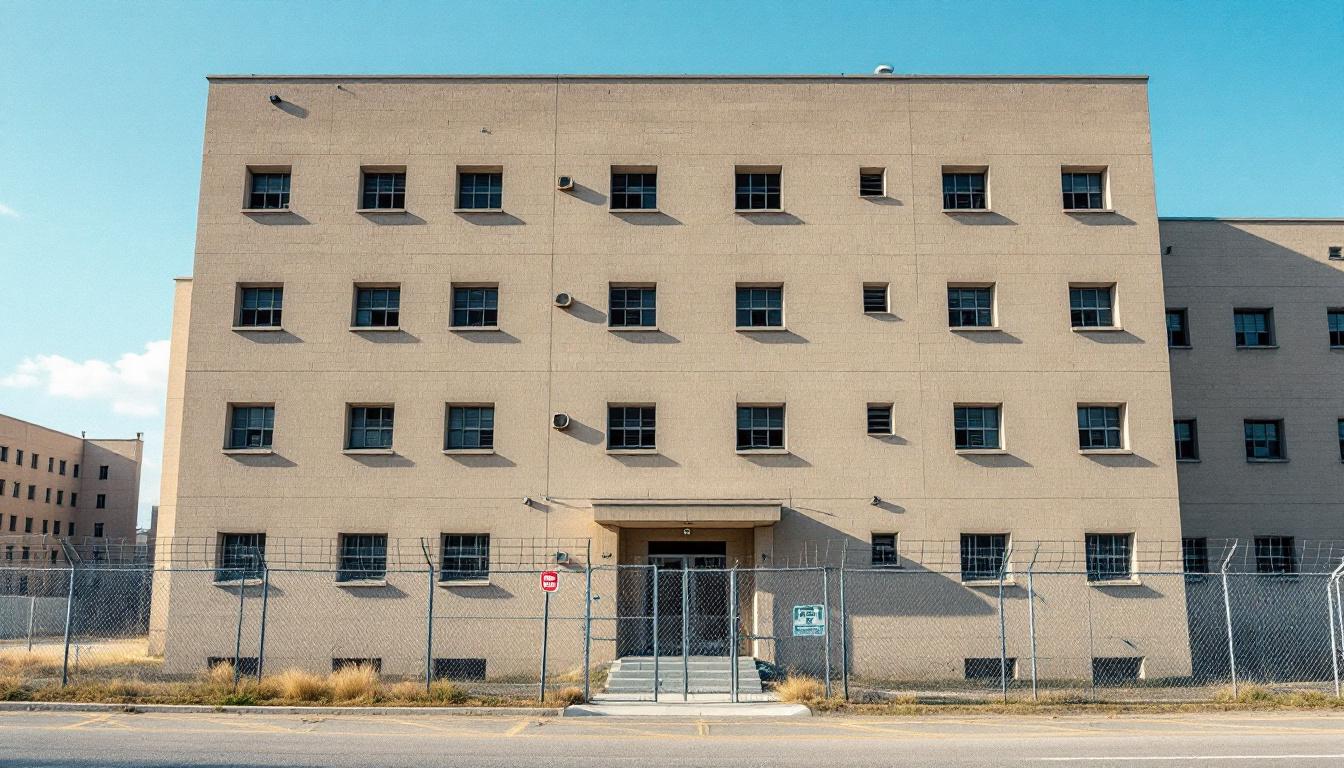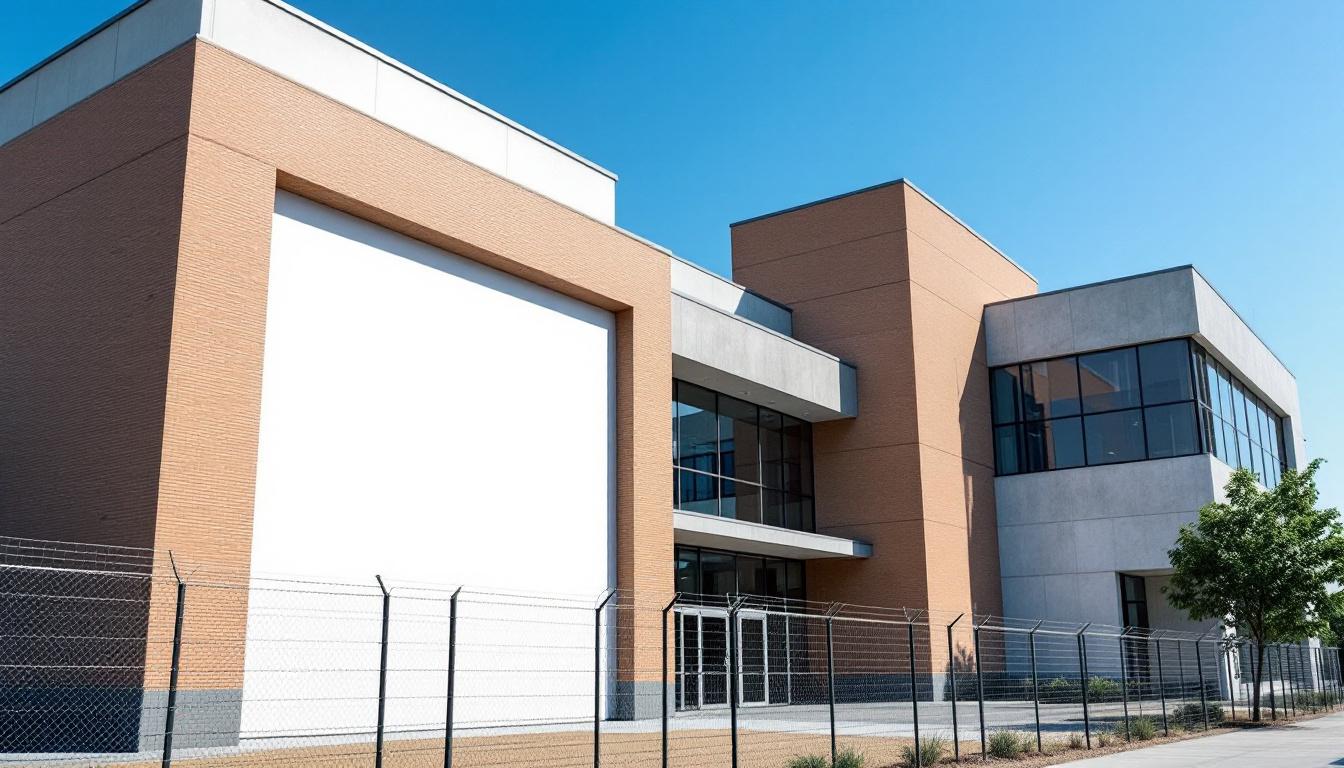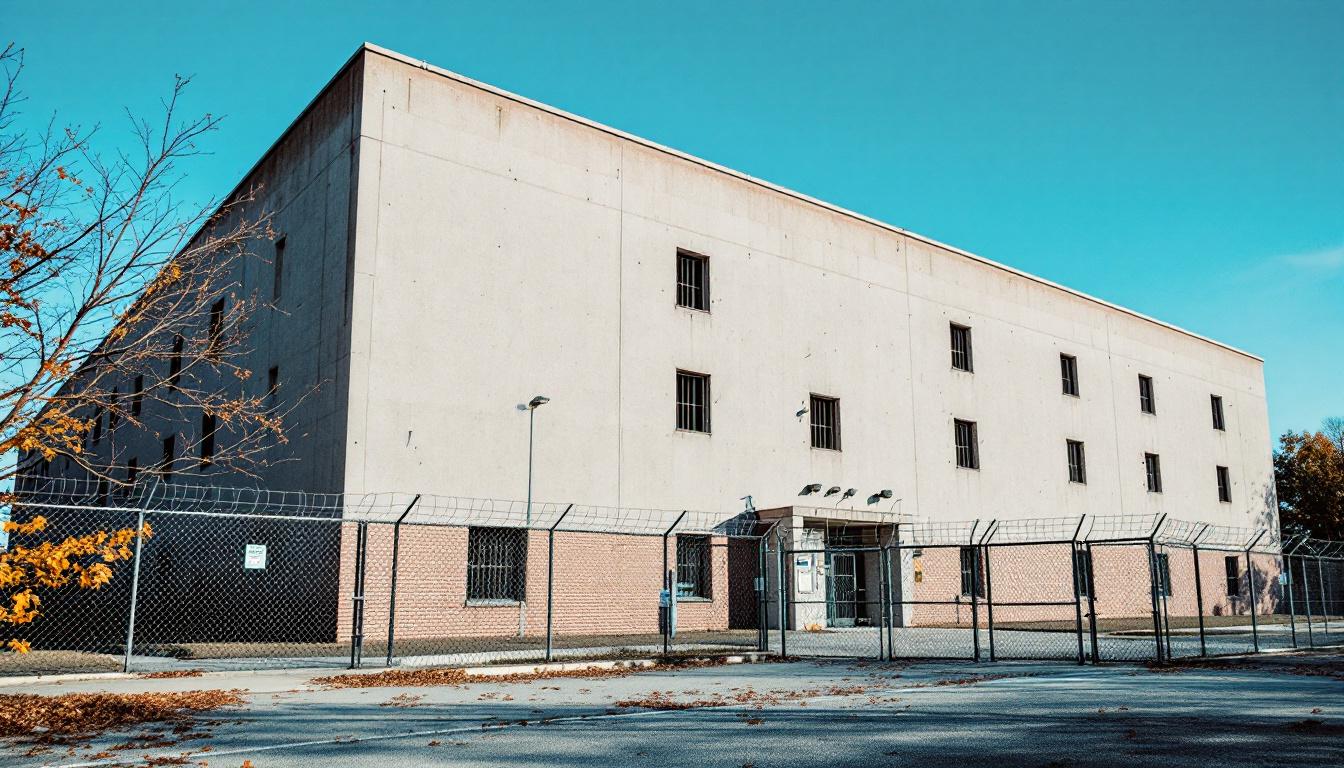
Quick Navigation
How to contact an inmate at Julia Tutwiler Prison
This comprehensive guide will walk you through how to connect with an inmate at Julia Tutwiler Prison. Follow the steps below to find an inmate and send letters and photos:
- Search for the inmate using our search tool below
- Create your account or log in to Penmate
- Write your message (up to 6,000 characters)
- Send instantly - inmates receive printed copies daily
Find an Inmate
Search for an inmate to start communicating today
Tip: You can search by first name, last name, or inmate ID number
To contact a person at Julia Tutwiler Prison start by searching for the person on the official facility website. Perform a search by following these steps:
- Step 1: Enter their first name and last name into the search form and click "Search"
- Step 2: Locate their inmate record
- Step 3: Write down their Inmate ID and any housing information provided
Important! Be sure to enter the person's full name. Nicknames should not be used.
How to Send Messages to Inmates

You can use your phone or computer to send emails, letters, and photos to an inmate. Messages are sent electronically to inmate tablets or kiosks at the facility. If you would like to send a message, start by searching for an inmate at Julia Tutwiler Prison.
Sending Photos and Postcards

A great way to send love and support to a loved one at Julia Tutwiler Prison is to send photos and postcards. It only takes a few minutes to send photos from your phone and it makes a huge difference. You can also mail postcards with words of support and inspiration, or design your own postcard for special moments like birthdays and holidays.
Important! Be sure not to send any explicit photos or they may not be approved by the facility. You can also use a photo printing app like Penmate to make sure your photos are printed at the correct size (4x6 or 3x5) and are mailed according to the rules and regulations of Julia Tutwiler Prison.
Frequently asked questions about Julia Tutwiler Prison
-
How long does it take to deliver a message?
If you're sending an email message your letter is usually delivered within 24-48 hours. For messages sent via mail you should expect delivery within 3-7 days. All messages will need be approved by Julia Tutwiler Prison.
-
How much does it cost to send a message to Julia Tutwiler Prison?
You can send a message free using your phone or mail a message via USPS for the price of a $0.60 stamp and envelope. You can also purchase credits or e-stamps from services starting at $1.99.
-
What services can I use to contact an inmate at Julia Tutwiler Prison?
Penmate
You can use Penmate to send letters and photos to an inmate from your phone. It's an easy way to stay in touch during your loved one's incarceration. Use the inmate locator to find an inmate's location and contact information, then you can send messages within a few minutes.
Securus messaging
Securus may be another option for communicating with an inmate at Julia Tutwiler Prison. You can create a friends and family account and purchase credits to send messages. All messages will be reviewed and must be approved by the facility.
JPay
Some county jails and state prisons may support sending messages with JPay. You must register an account with the system, find your loved one, and purchase stamps to send messages. For some locations you can also attach photos.
Smart Jail Mail
You may also check if Smart Jail Mail is available at Julia Tutwiler Prison. Smart Jail Mail is operated by Smart Communications and has contracted with some state and county jails. After purchasing credits, your messages and photos are sent to the facility, printed out, and then handed out to your loved one.
-
What is the mailing address of Julia Tutwiler Prison?
Mailing address:
Julia Tutwiler Prison
8966 US-231
Wetumpka, AL 36092
Phone: (334) 567-4369Business hours:
- Monday: 8:00 AM – 5:00 PM
- Tuesday: 8:00 AM – 5:00 PM
- Wednesday: 8:00 AM – 3:30 PM
- Thursday: 8:00 AM – 5:00 PM
- Friday: 8:00 AM – 5:00 PM
- Saturday: 10:30 AM – 1:30 PM
- Sunday: 10:30 AM – 1:30 PM
-
What are the visiting hours at Julia Tutwiler Prison?
Visiting hours at Julia Tutwiler Prison vary by housing unit and security level. Generally, visits are scheduled on weekends and holidays, with some facilities offering weekday visits. Contact the facility directly at (334) 567-4369 or check their website for the current visiting schedule. Visits typically last 30-60 minutes and must be scheduled in advance.
-
What items are prohibited when sending mail to Julia Tutwiler Prison?
Prohibited items typically include: cash, personal checks, stamps, stickers, glitter, glue, tape, staples, paperclips, polaroid photos, musical or blank greeting cards, hardcover books, magazines with staples, and any items containing metal or electronics. Only send letters on plain white paper with blue or black ink. Photos must be printed on regular photo paper (no Polaroids). Always check with Julia Tutwiler Prison for their specific mail policies.
-
How do I send money to an inmate at Julia Tutwiler Prison?
You can send money to an inmate at Julia Tutwiler Prison through several methods: 1) Online using JPay, Access Corrections, or the facility's approved vendor, 2) Money orders mailed directly to the facility with the inmate's name and ID number, 3) Kiosks located in the facility lobby, or 4) Over the phone using a credit or debit card. Fees vary by method, typically ranging from $2.95 to $11.95 per transaction.
-
Can I schedule a video visit with an inmate at Julia Tutwiler Prison?
Many facilities now offer video visitation as an alternative to in-person visits. At Julia Tutwiler Prison, video visits may be available through services like Penmate, Securus Video Connect, GTL, or ICSolutions. Video visits typically cost $10-20 for 20-30 minutes and must be scheduled in advance. You'll need a computer or smartphone with a camera and reliable internet connection. Contact the facility for their specific video visitation policies and approved vendors.
-
What identification do I need to visit an inmate at Julia Tutwiler Prison?
All visitors must present valid government-issued photo identification such as a driver's license, state ID, passport, or military ID. Minors must be accompanied by a parent or legal guardian who can provide the minor's birth certificate. Some facilities require visitors to be on the inmate's approved visitation list, which may require a background check. Contact Julia Tutwiler Prison for specific ID requirements and visitor approval procedures.
-
How can I find out an inmate's release date?
To find an inmate's release date at Julia Tutwiler Prison, you can: 1) Use the online inmate search tool if available, 2) Call the facility's records department, 3) Contact the inmate's case manager or counselor, or 4) Have the inmate provide this information during a call or visit. For privacy reasons, some facilities only release this information to immediate family members.
Facility Overview
Official Website
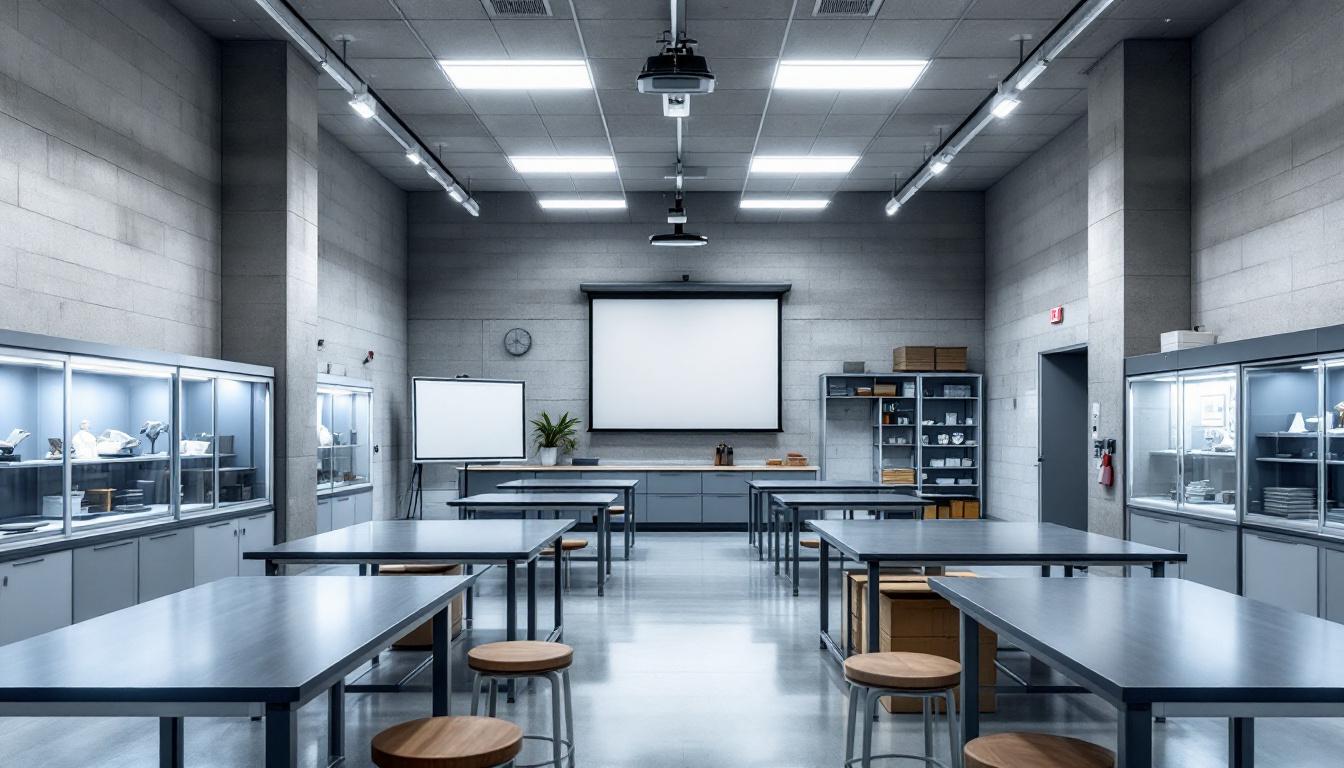
About Julia Tutwiler Prison
Nestled in the heart of Wetumpka, Alabama, along the Coosa River, this state correctional facility serves as a significant component within Alabama's broader corrections network. Julia Tutwiler Prison operates as a women's correctional institution, housing residents across various security classifications while maintaining its role as a key facility in the state's approach to female incarceration and rehabilitation efforts.
The facility typically emphasizes educational programming and vocational training opportunities designed to support resident development during incarceration. These programs may include basic literacy courses, GED preparation, and various skill-building workshops that align with workforce development goals. Healthcare services, mental health support, and substance abuse programming often form essential components of the institutional framework, reflecting common approaches found throughout Alabama's correctional system.
As part of the state's regional corrections infrastructure, the institution generally coordinates with other AL correctional facilities to ensure appropriate placement and program availability for residents. Visitation services and family communication programs typically support maintaining connections between residents and their communities, while security protocols balance safety requirements with rehabilitation-focused initiatives that characterize modern correctional operations in the South region.
Programs & Services
Educational initiatives at Julia Tutwiler Prison form the cornerstone of a comprehensive rehabilitation philosophy that recognizes learning as fundamental to successful reintegration. These multifaceted efforts typically encompass basic literacy development, GED preparation, and various academic advancement opportunities that may deliver structured pathways for intellectual growth. The facility's approach often emphasizes building foundational skills while simultaneously addressing the diverse educational backgrounds residents bring to their incarceration experience.
Vocational training initiatives complement academic learning through hands-on skill development in automotive repair and construction trades, providing residents with marketable competencies for post-release employment. These programs typically integrate theoretical knowledge with practical application, allowing participants to develop proficiency in technical fields that often experience consistent demand in the job market. In addition to these trade-focused initiatives, educational programming may deliver college-level coursework and specialized certifications that expand residents' professional horizons beyond traditional manual labor opportunities.
Support services and therapeutic initiatives round out the facility's rehabilitation framework through work release programs, faith-based counseling, and comprehensive reentry preparation services. The landscaping program often includes both vocational skill development and therapeutic benefits, as residents engage with outdoor environments while learning maintenance and horticultural techniques. These multidisciplinary approaches typically address the complex social, emotional, and practical challenges residents face when transitioning back to community life, with reentry preparation initiatives that may deliver job placement assistance, housing coordination, and ongoing mentorship connections.
Daily Life & Visitation
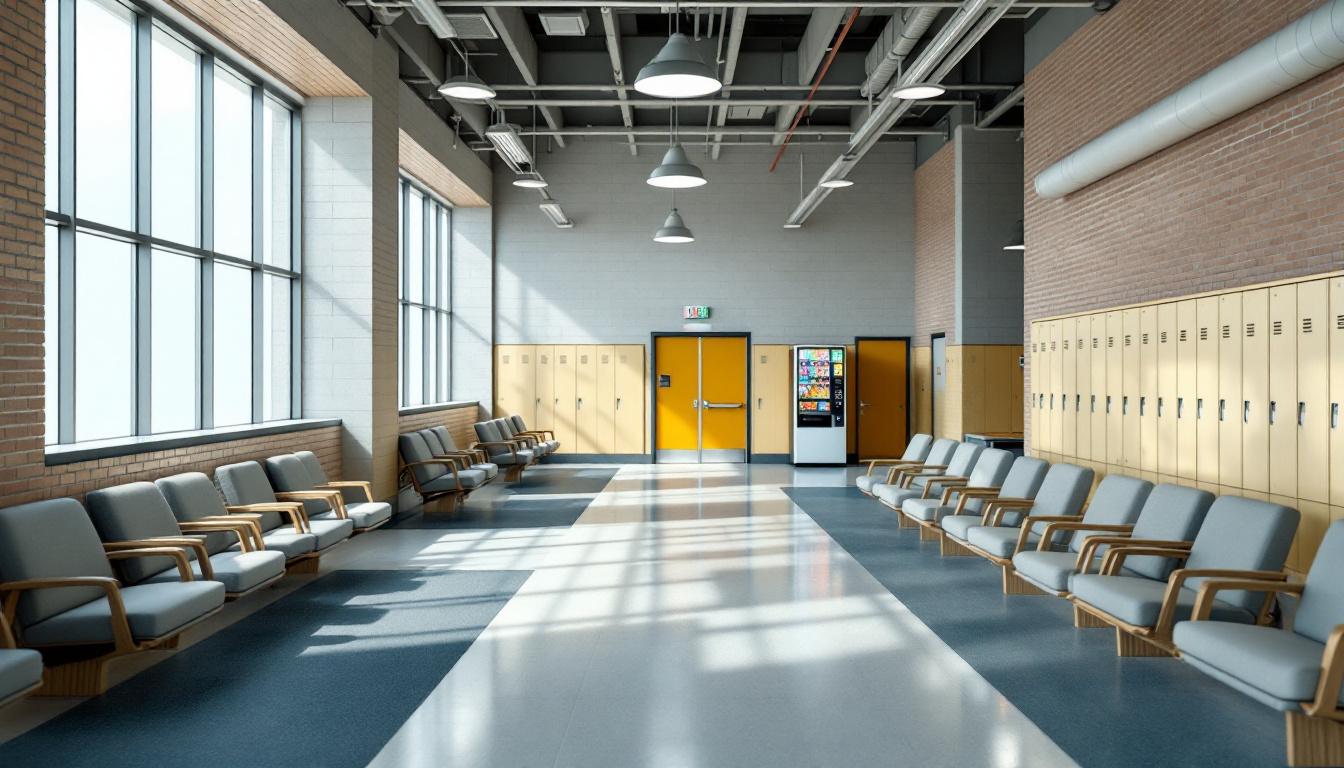
The rhythmic cadence of structured schedules currently shapes every aspect of residential life, where predictable routines deliver stability through carefully organized daily activities. Residents typically begin their days with early morning counts and continue through a series of scheduled activities that include meals, work assignments, educational programs, and recreational periods. This consistent framework generally provides residents with a sense of purpose and direction, as each day unfolds according to established timeframes that help maintain order and promote personal responsibility throughout the facility.
Living accommodations at the facility typically consist of dormitory-style housing units where residents share common areas and sleeping quarters. In addition to this shared living arrangement, residents usually have access to basic personal property allowances and may utilize commissary services to purchase approved items for personal use. Dining arrangements generally follow scheduled meal times in communal areas, where residents receive nutritionally planned meals that meet dietary guidelines. Despite this structured environment, residents often have opportunities to personalize their limited living space within established guidelines and may participate in various recreational activities during designated periods.
The facility typically delivers comprehensive programming that continues to support rehabilitation and family connections throughout residents' time there. Work assignments usually include various facility maintenance roles, kitchen duties, and other operational positions that provide residents with structure and potential skill development. Educational programs and counseling services generally complement these work opportunities, while visitation policies typically allow for regular family contact during scheduled periods. Communication options usually include monitored phone calls and correspondence, helping residents maintain important relationships with loved ones. These combined elements of daily routine generally work together to create an environment where residents may focus on personal growth while serving their sentences.
Ready to Connect?
Start communicating with your loved one today
Search for an Inmate
